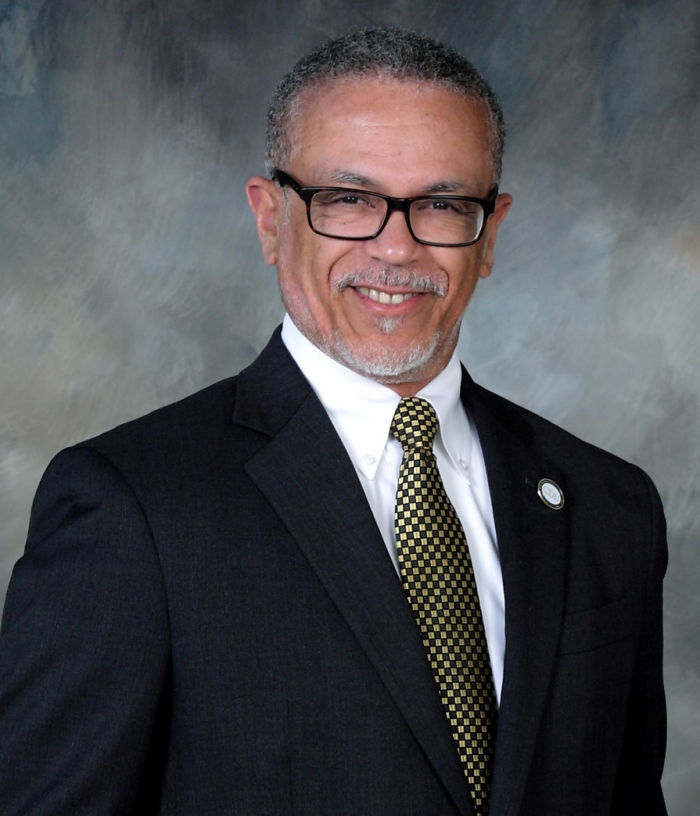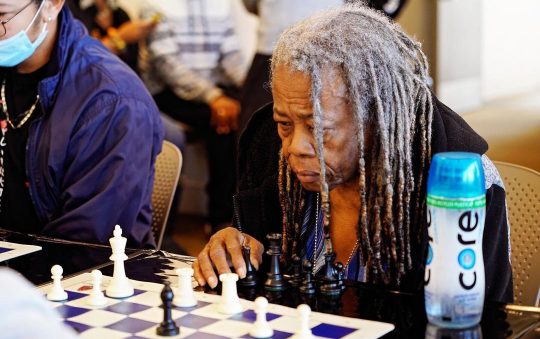
We are in the midst of an unprecedented global pandemic. As we approached the end of 2019, the novel coronavirus and COVID-19, the condition it causes, were unknown to the world. It was on the last day of December that reports started to come out of Wuhan, China – a city as large as Los Angeles – about a new, and rapidly spreading respiratory infection.
Less than two weeks later, China reported its first death from the new condition caused by the new virus now named COVID-19. We were already familiar with this family of viruses, called coronaviruses, because we’d already faced outbreaks of coronaviruses causing SARS (Severe Acute Respiratory Syndrome), first appearing in China in 2003, and MERS (Middle East Respiratory Syndrome), first appearing in Saudi Arabia in 2012, and knew they had the potential to be devastating.
At the same time, new cases were being reported in Thailand, Japan and other countries. By the third week of January, the first case in the United States had been reported, and the World Health Organization declared an international health emergency.
Fast forward to today, less than three months after the original case report, and over 6,000 people have died from COVID-19 and over 160,000 are known to be infected across over 120 countries on every continent of the world. The situation will continue to get worse before it gets better.
Unfortunately, at this time there is no medication to treat COVID-19 and no vaccination against infection by the novel coronavirus.
The only treatments available today are supportive, ranging from simple symptomatic control all the way to mechanical ventilation in an intensive care unit. So, what can a person do to protect themselves and their loved ones from the infection?
This is where public health measures come in. These start with basic but critically important hygienic measures such as washing your hands for at least 20 seconds, coughing and sneezing into your elbows, and avoiding touching your eyes, nose, and mouth with your hands. They include changing how we greet each other: avoid shaking hands or hugging, instead greet people with a nod, bow, Thai wai (a small bow with hands pressed together at the chest). If touching is preferred, you can fist tap, or preferably, bump elbows.
The next step is Governor Newsom’s recent order for self-isolation (home isolation) to prevent those 65 and older, as well as other people especially vulnerable to COVID-19, such as those with diabetes, lung or heart disease or are otherwise immune-compromised from getting the infection.
Critically important, if you have any symptoms of the common cold or influenza such as a runny nose, sore throat, sneezing or nasal congestion, or fever, it is imperative that you stay at home in order to not expose others to the possibility that you may have COVID-19. Of course, if you are more severely ill, with a very high fever or shortness of breath for example, seek medical advice.
Finally, it is absolutely imperative that we all practice social distancing and, especially, avoid groups. Think of it, every person you come in close contact with could have COVID-19. If you are with three people, your risk goes up. If you are with four people it goes up even further; five people further still, etcetera, etcetera.
For this reason, large group gatherings of all types are especially dangerous and must be avoided, cancelled, or rescheduled. Large gathering places like restaurants and movie theaters are being ordered to close; concerts and conventions are being cancelled. In many places, any gathering of 50 or more people is now prohibited.
We are in a new and different era because of COVID-19. Our old social interaction habits and ways of doing things now need to change in order to save lives.
The good news is that it appears that these public health measures are already decreasing the growth of new cases of COVID-19 in China, South Korea, and Italy. They can help us reduce the toll of COVID-19 on the United States as well – if they are practiced by as many Americans as possible.
When I was a medical student, Legionnaires Disease broke out in Philadelphia. As an intern and resident, I faced AIDS before it had a name. After 9/11 we worried about smallpox. Later in my career we encountered SARS, MERS, Avian Influenza, and Ebola.
Public health measures like those recommended by Governor Newsom and Mayor Garcetti eventually led to the successful control of each of these conditions. There is no reason to think that, if we successfully practice good public health measures, we can’t control the current novel coronavirus and COVID-19 pandemic as well. Working together, we can win the fight against this pandemic.
The author is president and CEO of Charles R. Drew University of Medicine and Science where he is also a Professor of Medicine and Public Health. He received his MD degree from Brown University and both an MPH and PhD from the Fielding School of Public Health at UCLA.
Hygiene practices:
• HANDS Wash them often
• ELBOW Cough into it
• FACE Don’t touch it
• FEET Stay more than three feet apart
• FEEL sick? Stay home
For more information:
• World Health Organization
• California Department of Public Health
• Centers for Disease Control and Prevention (CDC)
• Los Angeles County Department of Public Health








